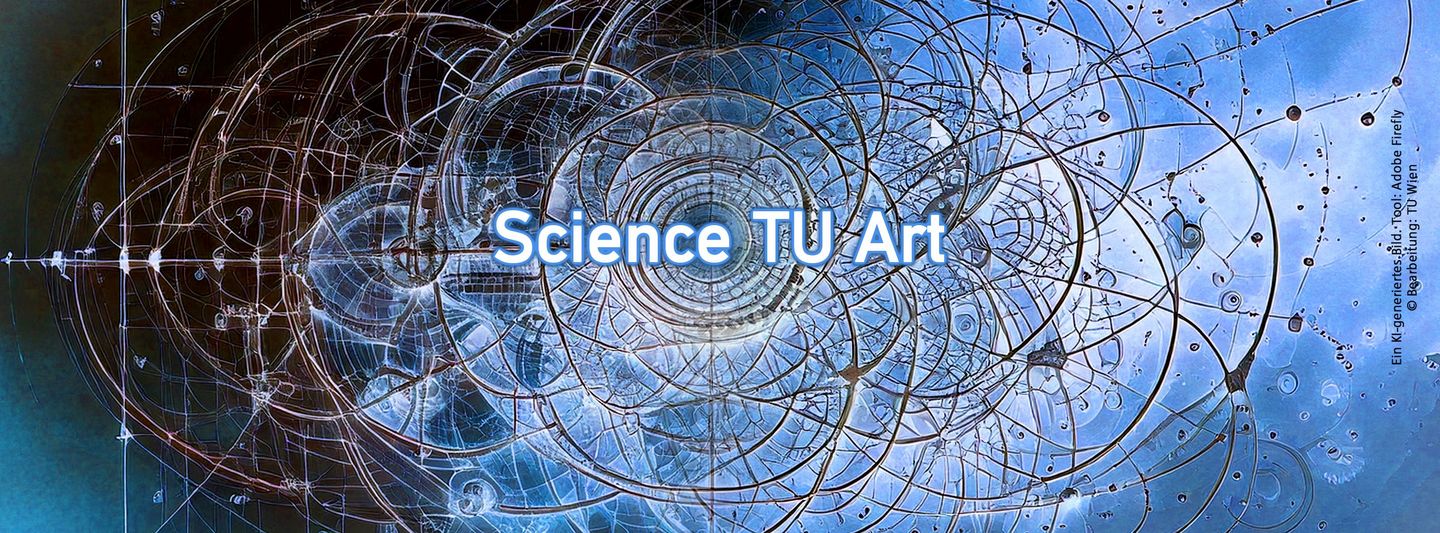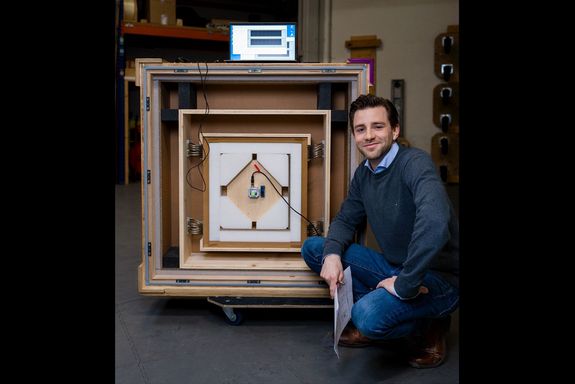
Transporting works of art more safely and sustainably
TU Wien and hs-art Service Austria develop new tool
Works of art are among the most valuable testimonies to human culture. However, transporting them between museums and exhibitions is risky: even the slightest jolts can cause significant damage. A research team at the Institute of Mechanics and Mechatronics at TU Wien – led by Professor Stefan Jakubek together with Christoph Markler and Markus Fallmann – has now developed an innovative software tool for configuring art transports in cooperation with the company hs-art Service Austria, opens an external URL in a new window, which better protects sensitive works and is also more sustainable.
From foam to high-tech solution
Until now, works of art have mainly been cushioned using foam constructions. These are expensive, generate waste, and often offer insufficient protection. The team therefore investigated so-called “wire rope isolators” – special wire rope springs that are already used in space travel and earthquake protection. They make it possible to greatly reduce vibrations and transport works of art in a manner that is almost “floating.”
Research results
The behavior of the isolators was comprehensively investigated using vibration technology and structural dynamics methods. Particular attention was paid to nonlinear properties and the effects of repeated loads during long transports. Tests with sensor-supported dummies on realistic routes showed impressive results: In critical frequency ranges, the mechanical load could be reduced by up to 40 percent compared to conventional methods – without any additional damping elements.
Based on this, the team developed a software tool that suggests a customized configuration for safe transport to museums and transport companies. Parameters such as weight, transport route, and material sensitivity are taken into account.
Sustainable, flexible, reusable
A key aspect is sustainability: wire rope springs and modular wooden frames are durable and reusable, which not only reduces waste but also lowers costs. Thanks to their modular design, the crates can be flexibly adapted to different object sizes, easily dismantled, stored in a space-saving manner, and reconfigured as needed.
Innovation for the world of art
This development has fundamentally redefined art transportation, making it safer, more sustainable, and more intelligent. Close collaboration between science and practice—TU Wien and hs-art Service Austria—has resulted in a tool that better protects artworks worldwide and offers museums a modern, resource-efficient solution.

© TUW - Stefan Jakubek